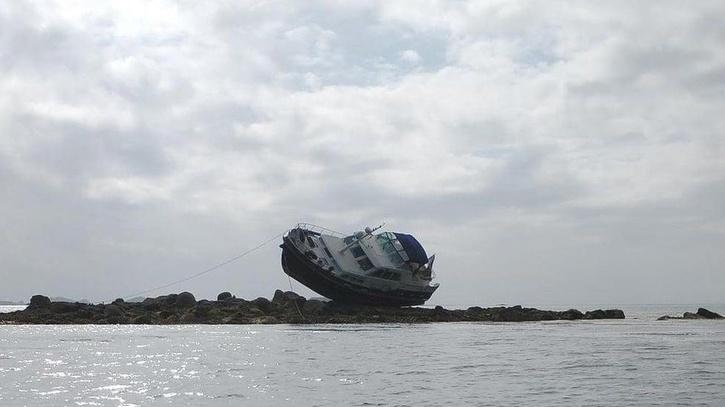Steering Into the rocks happens when there could be as of now not profound enough water to drift a vessel. This will some of the time be done deliberately, for example, to perform upkeep or to land freight, yet without a doubt, it happens because of deception about water profundities, administrator mistakes, or an adjustment of the base design of a stream.
What is the Best Way to Avoid Running Aground?
Sadly, steering into the rocks is a typical event for boaters. Yet, it doesn’t need to be. If you keep these three rules, you ought to avoid rocks, shoals, and other submerged hang-ups that will carry your cheerful day of drifting to a crushing end. For more info, we have to go with maground.com.
#1 If you’re sailing in new waters, take a period before sending off to counsel a nautical outline of the area. You ought to likewise converse with neighborhood marinas and boaters to get within scoop on nearby submerged dangers. They know where to go and where not to.
#2 Always watch out while sailing. In addition to the fact that you be searching for should floats and markers that demonstrate shallow waters, however you likewise need to watch out for reefs and shoals that can be difficult to detect. You may be amazed to realize that most mishaps occur on quiet, crisp mornings with light breezes. Frequently just not watching out causes boaters problems.
#3 Always keep a protected speed. This will permit you to make a fundamental move if you do recognize a submerged danger that should be kept away.
That’s what the last tip is on the off chance that you have a profundity locater, you can set a shallow caution alarm to surrender you the heads if you are going towards someplace you would rather not go. In any case, recall that a profundity locater doesn’t supplant the need to continuously watch out. Never depend exclusively on a profundity locater.
How Should You Respond If Your Boat Runs Aground?
In this way, your day of drifting has reached an unexpected stop. What happens next?
Like any mishap, the initial step is to pause and evaluate what is going on. In this way, stop the motor and check to assume anybody is genuinely stung. Assuming the response is true, contact the experts on your VHF radio and convey a pain signal immediately to caution different boaters that you want assistance. n the event that nobody is truly harmed and you’re not in impending peril, pause for a minute to take a look at your boat’s frame.
Has the boat supported any serious primary harm? Do you see any breaks or holes?
Assuming this is the case, wait. Try not to wander into more profound water. Now is the ideal time to get your boat to shore. Banner down one more boater for a tow or radio for help. Assuming that there’s no underlying harm, now is the ideal time to take a stab at getting your boat free.
Contingent upon what you’re grounded on and how seriously your boat is hung up, you might have the option to get back on the vast water utilizing one of the accompanying techniques.
The first is switching off. If your boat isn’t grounded too harshly, you may just have the option to turn around from where you’re grounded. Presently attempt to invert your boat into clear water.
Another strategy is pushing off. If switching out doesn’t work, switch your motor off. If you have a detachable motor, lift it out of the water. Presently, shift a load to the piece of the boat that isn’t grounded. With the load off of the grounded piece of the boat, utilize your extra paddle or oars to push off of the base. With your motor switched off, lift the bow or harsh, and drive your boat into more profound water.
At long last, you might have to utilize a kedge anchor. A kedge anchor is a little lightweight anchor that is utilized to drag a grounded boat away from where it has steered into the rocks. Normally, a kedge anchor will be brought from shore in a little dinghy. In any case, it can likewise be left to the area of your boat involving a PFD or buoyancy gadget as help for the anchor Read More


